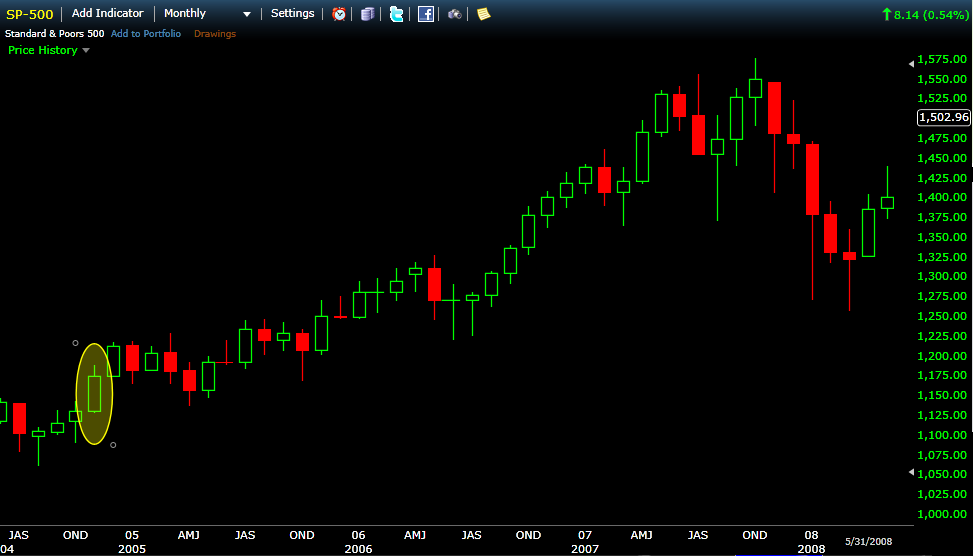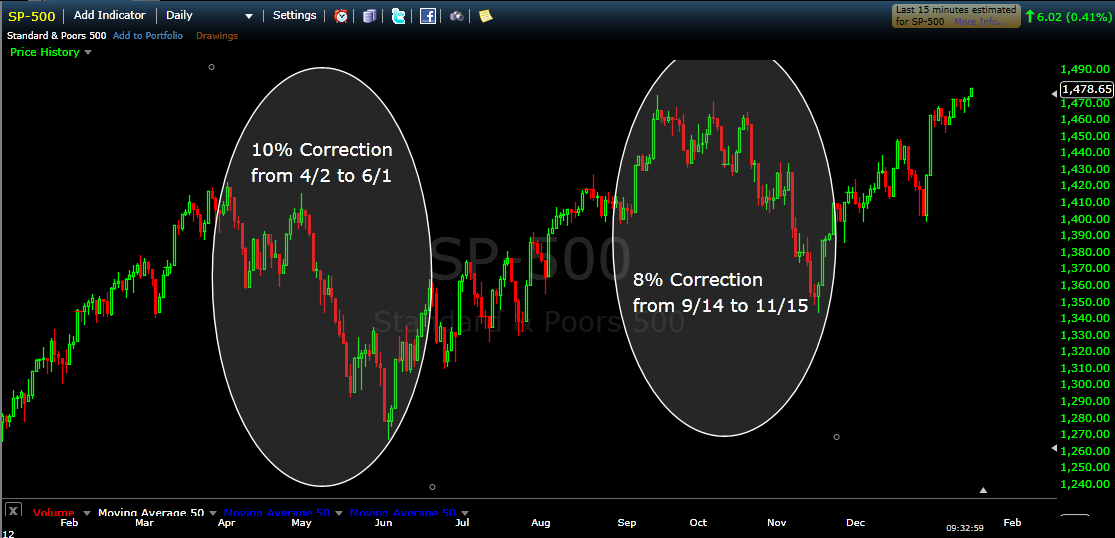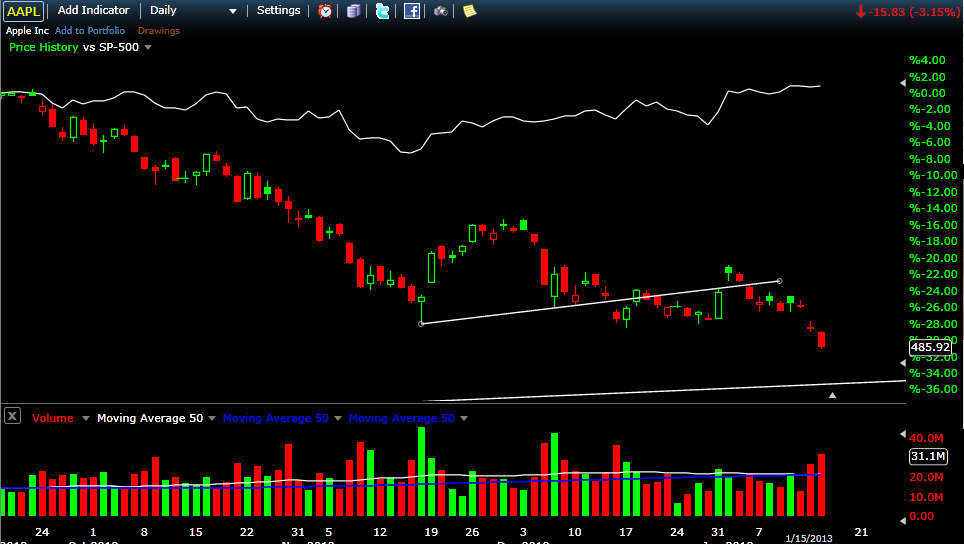Make no mistake, this is a gigantuan F.U.
$AAPL $SSNLF
8 Fat Swine, 12 Fat Sheep, 2 Hogsheads of Wine…
Make no mistake, this is a gigantuan F.U.
$AAPL $SSNLF
I’m hypothesizing that market sentiment here is a combination of
1. Very Positive and
2. Highly Fragile.
Think about that combination for a moment. Many are bullish but there is an underlying anxiety or uncertainty to the bullishness which is subject to knee jerk quickly on a market pull back as small as 2-5%.
If this is the case and sentiment is both of these things, positive and fragile, then we can expect to see the beginnings of this abrupt sentiment shift back to negative beginning even on this mild .5% pullback here in the $SPY.
The combination is underlying bullish (as we have seen for the past couple of years) and so if we get the indicative sentiment knee jerk negative, I would view it as constructive for the market. I’m expecting it.
As an aside, there is a parallel here with a psychodynamic theory of narcissism. Kernberg described the ego of the oblivious narcissist as overly positive (grandiose) yet highly fragile which resulted in abrupt mood volatility especially when the exaggerated positive self regard was punctured by failure or injury.

Was it over when the Germans Bombed Pearl Harbor? -John “Bluto” Blutarsky
Tomorrow morning $RIMM will launch its most anticipated phone in the company’s history.
I’m hearing some say that its too late for them, that they’ve already blown it getting crushed by an iPhone $RIMM once mocked and by an open source Android operating system that has been employed by multiple hardware producers and in a gazillion phones across the globe.
Its a fair point. $RIMM was the innovator in the field and once dominated before stumbling badly by failing to adapt to the touch screen and app revolutions. Not only did they stumble but they have been slow to regain footing and they’re first attempts to catch up were laughable failures.
But, people love the underdog.
They love to lift stars up on a pedestal, then tear them down for missteps and then lift them back up again. They love the comeback kid and this will buy $RIMM the opportunity to regain momentum.
The only thing that matters tomorrow is the product.
If the new phone is awesome, $RIMM will scratch out its place as the third in a field of three. It will give them a chance and buy them some time to doggedly improve new form factors and software and to build an app library.
Bottom line, if the phone is great, $RIMM stands a chance, which, when you think a bout it, is as it should be.
Yesterday, The S&P 500 closed higher for the 8th consecutive day.
It was the first time since November of 2004 that the large cap index had such a long win streak (ht: @eddyelfenbein).
I was curious to see how the $SPX fared after that last streak 8+ years ago.
Here’s the chart:

Two things stand out here.
1. Over 5 months following the streak, the index pulled back a bit.
2. Over 3 years following the streak, the index rallied 32%.
Here’s the thing about animal spirits.
They are not rational by definition. Propulsion is not guided by executive functioning. They are not frontal cortex.
Animal spirits are pre cortex. lower brain, instinctual, id, the amygdala.
Remove your preconceived notions of logic or the S&P’s historic P/E or job growth or even bollinger bands and how many standard deviations we might move away from a moving average.
Instead connect yourself, plug yourself into your distant ancestors who did not yet walk upright, who ate what they killed and lived and died by their wits. Take a swim and become one with the primordial water even…
Here’s the other thing about animal spirits.
They are normal, market native, periodic.
They are a phase as common as any other market phase. They arise regularly since there have been markets and this will always be the case.
Railing against them is a loser’s gambit.
Anyway, if you think we are in the midst of animal spirits as primary motivation of this market, then this move so far is peanuts.
Observing Ray Dalio provides investors the opportunity to learn from the best at what we do.
In Sorkin’s excellent CNBC interview from this AM in Davos, Dalio meanders through a number of topics from the Macro & Europe to Japan to gold to bonds.
Dalio, who started Bridgewater with 5M in 1985 and turned it into 130B, lays out a bit about his process and his view of the world now.
Must watch…
Part 1
Part 2:
Related: Ray Dalio’s Principles

There are so many out there who have missed this rally or who have been trying to short every rip.
Its excruciating for those who have not participated.
You will get tempted and tempted again to throw your hands up in the air and buy ’em higher like you just don’t care as you watch those who have been well positioned remain bullish or take their victory laps.
Yet, now is not the time to chase.
Last year, the $SPX rallied 13%. Beautiful. But even so, there were 2 corrections that lasted 2 months each, one for 10% and one for 8%.
You will get your chance even though it iss excruciating to watch the market grind higher without you.
I remain bullish long term, have no idea when the correction is coming and also don’t know where it will begin. But its coming.
Tie yourself to the mast and avoid the sirens.
Its the hardest thing to do in the universe but that morning you wake up in February or May and the world appears to be ending, you will be flush and ready to deploy capital rationally.
Related: The Tao of Missing a Trade
Its absurd that universities still do not formally teach the study of price behavior (technical analysis) and it seems academic finance is way out of touch with real market participants and real risk management.
The study of price behavior is as basic to markets as the study of human behavior is to psychology. It is directly observable. There is price, volume and time. Nothing is hidden or subject to conjecture. There is no implying.
There are really only 3 behaviors – buy, sell and hold and charts are, concretely, the visual depiction of the collective market exhibiting those behaviors.
Patterns repeat themselves. They do not do so perfectly and predictive validity is nowhere near 100% but that’s not the point.
The point is that there are behavioral tendencies which reveal themselves upon disciplined scrutiny and that there already exists a rich written history and archive of those tendencies.
Real market participants gravitate towards technical analysis for good reasons. It provides them an edge.
As mentioned above, behavioral patterns repeat themselves again and again across assets and time frames. These are the tendencies and they provide essential tactical information.
The disciplined employment of price study facilitates risk management. If you are long and wrong, how do you know? How do you plan ahead so that losses do not get away from you?
When a rational participant enters an investment or a trade, he must have risk defined. If he does not, he is placing risk management responsibilities on a future self that might be affected by the loss he is experiencing in the moment and we know that decision making while experiencing a loss is wrought with problems. Defining risk is a multi step process no doubt but an integral part of it must be an informed examination of price.
Further, and in reality, it is not only technically driven investors who incorporate price behavior. Real world fundamentally focused investors use price studies to find entry and exit points. They are already integrating technical analysis into their work.
Academic finance ought to be accelerating price behavior research and challenging students with what we understand, what we don’t understand, the questions that need to be answered and challenges for future study.
Instead, it goes ignored due to biases inherent in academia. Fischer Black summed it up like this:
In the end, a theory is accepted not because it is confirmed by conventional empirical tests, but because researchers persuade one another that the theory is correct or relevant.
Its a bias on the part of finance academia against technical analysis from a community that is still trying to prop up EMH and has moved so far from the reality of markets they fail to acknowledge critical tools their students will be using in the future.
The good thing is that it is becoming easier for those learning asset management to find educational material in books and on the internet and so universities are only risking moving themselves further from being relevant much less essential.
This will need to change fast so that future managers will grasp the essentials of technical analysis before heading into a real world filled with real profit and real loss.
If you want to support technical analysis being added to curricula, please connect with the Market Technicians Association Educational Foundation. It is their stated goal to make this happen.

Since September 18th, $AAPL, the largest market cap stock in the universe, has fallen 30% while the SP500 has managed to eek out a 1% gain.
This was a healthy rotation out of a single stock which contributed an outsized positive influence on the broad market during its glorious ascent for almost 3.5 years beginning in early 2009.
If someone had said 4 months ago that $AAPL would crash and the market would hold steady, we’d have thought him ridiculous.
Meanwhile, Tom DeMark came out last night and called a bottom in the name.
If DeMark is right, this would be incredibly bullish for the broader market after digesting $AAPL’s extraordinary reversion so constructively.